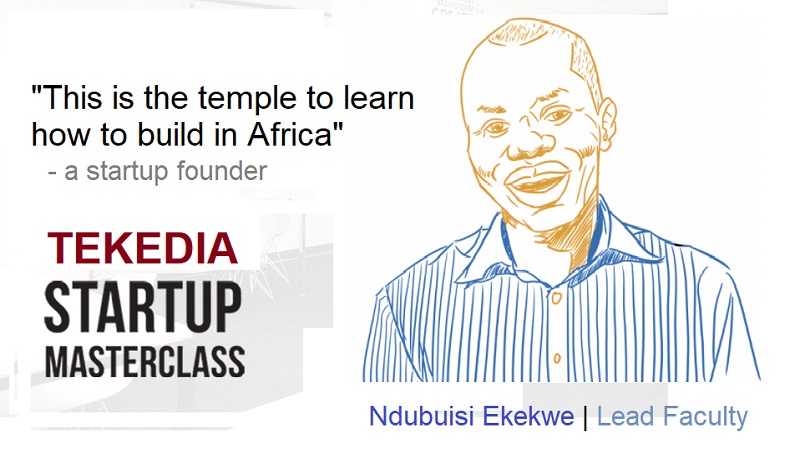
Galaxy Ventures Fund I LP, led by Michael Novogratz, has surpassed its $150 million fundraising target and is expected to close by June 2025 with $175 million to $180 million. The fund aims to back around 30 early-stage crypto and blockchain startups, focusing on payments and stablecoins. This achievement comes despite a challenging crypto venture capital market, with U.S. crypto VC investments dropping 22% to $1.3 billion in Q1 2025. The fund’s initial close was in June 2024, raising $113 million.
The cryptocurrency market has seen significant growth, with a total market cap reaching $2.66 trillion in 2024, close to its 2021 peak. However, Q1 2025 was challenging, with Bitcoin experiencing its worst first-quarter performance in seven years, dropping from a high of $108,786 on January 20, 2025, to around $83,000 by early April. Ethereum and other major altcoins also faced losses due to macroeconomic uncertainties, particularly U.S. trade tariffs. Despite volatility, Bitcoin remains the market leader, trading between $80,440 and $151,200, with projections suggesting it could hit $175,000–$185,000 by Q4 2025. Its dominance (58.77% in April 2025) reflects strong institutional and retail interest, driven by its “digital gold” narrative and fixed 21-million-coin supply.
Altcoins like Ethereum, Solana, and XRP have shown strength, with Solana leading in network activity (surpassing Bitcoin and Ethereum in active addresses). However, liquidity is increasingly concentrated in the top 10 altcoins, leaving smaller tokens struggling. The Galaxy fund’s focus on early-stage crypto startups, particularly in payments and stablecoins, aligns with the market’s bullish sentiment and the growing adoption of blockchain solutions. Its ability to raise $175–$180 million reflects investor confidence in crypto’s long-term potential, even amidst short-term volatility.
Register for Tekedia Mini-MBA edition 19 (Feb 9 – May 2, 2026): big discounts for early bird.
Tekedia AI in Business Masterclass opens registrations.
Join Tekedia Capital Syndicate and co-invest in great global startups.
Register for Tekedia AI Lab: From Technical Design to Deployment (next edition begins Jan 24 2026).
Stablecoins like USDT (Tether) and USDC (Circle) are critical to the crypto ecosystem, with their total market cap surpassing $200 billion in Q1 2025. They facilitate DeFi transactions, cross-border payments, and remittances, offering stability in a volatile market. Stablecoin activity grew 77% year-over-year in 2024, and U.S. legislation for stablecoin oversight is expected to pass in 2025, further boosting adoption. Decentralized finance (DeFi) is rebounding, with total value locked (TVL) projected to reach $200 billion by the end of 2025. Trading volumes on decentralized exchanges (DEXs) are expected to exceed $4 trillion, driven by consumer-facing dApps and AI-related tokens. DeFi’s growth is supported by regulatory clarity and institutional interest.
The Galaxy fund’s emphasis on payments and stablecoins positions it to capitalize on the stablecoin boom and DeFi’s expansion. Investments in startups building on these technologies could yield significant returns as stablecoins become integral to global finance. Institutional adoption is a major driver, with firms like BlackRock and MicroStrategy accumulating significant Bitcoin holdings. Spot Bitcoin and Ethereum ETFs, approved in 2024, have absorbed over 515,000 BTC (2.4x miner issuance), reshaping market liquidity. ETF inflows correlate strongly with price surges, and potential 2025 changes (e.g., in-kind creations or staking) could further increase demand.
Major banks like BNY Mellon and Bank of America are expanding crypto services, such as custody and stablecoin transactions. Tokenization of real-world assets (RWAs) like real estate and bonds grew to $20 billion in Q1 2025, signaling blockchain’s integration into traditional finance. The Galaxy fund’s success in raising capital reflects institutional appetite for crypto ventures. Its focus on early-stage startups positions it to back innovative projects that could attract further corporate and institutional interest.
The pro-crypto stance of the Trump administration, including an executive order establishing a Digital Asset Markets working group, has boosted investor confidence. A crypto task force led by SEC Commissioner Hester Peirce aims to develop clear regulations, potentially unlocking institutional capital. However, stablecoin legislation is more likely to pass than broader market structure laws in 2025. The EU’s Markets in Crypto-Assets (MiCA) regulation, fully effective in December 2024, provides a comprehensive framework but imposes strict compliance on stablecoin issuers. Regulatory scrutiny of scams like “pig butchering” is expected to intensify globally in 2025.
Regulatory clarity supports the fund’s investment thesis by reducing uncertainty for startups. However, stricter rules may challenge smaller altcoin projects, reinforcing the fund’s focus on high-potential areas like payments and stablecoins. AI tokens, used in blockchain protocols and decentralized machine learning, are gaining traction, with nearly 90 tokens in the market. Decentralized AI (deAI) is democratizing access to AI tools, addressing governance concerns.
Tokenization of assets like real estate and commodities is expanding, with the RWA market growing by $5 billion in Q1 2025. This trend could shift crypto’s perception from speculative trading to a foundational technology for asset management. Layer-2 solutions (e.g., Ethereum’s L2s) are outpacing alternative Layer-1 blockchains in economic activity, with L2 fees projected to reach 25% of alt-L1 fees by year-end. Solana’s dominance in active addresses and transaction volume highlights the demand for scalable networks.
The fund’s investments in blockchain startups could tap into these trends, particularly in scalable networks and tokenized assets, positioning it to support projects with real-world utility. Macroeconomic factors, such as U.S. tariffs and interest rate changes, have triggered sharp declines, as seen in Q1 2025. Posts on X highlight a $1.2 trillion market cap loss and retail panic-selling, though institutions are buying dips.
Illicit activity remains a concern, with $40.9 billion received by illicit addresses in 2024, potentially rising to $51 billion as data improves. Scams like pig butchering are prompting aggressive regulatory responses. Despite Galaxy Ventures’ success, the broader crypto VC market saw a 22% drop in U.S. investments to $1.3 billion in Q1 2025. High fully diluted valuation (FDV) launches and brain drain to AI are dampening retail interest and VC performance.
By focusing on high-growth sectors like payments and stablecoins, the fund mitigates risks associated with speculative altcoins and regulatory crackdowns, leveraging its $175–$180 million to back resilient startups. Approximately 28% of U.S. adults (65 million people) own cryptocurrencies in 2025, nearly double the 2021 figure. An additional 14% of non-owners plan to enter the market, and 66% of current owners intend to buy more.
Bitcoin, Ethereum, and Dogecoin remain the most held, but Solana and XRP are gaining traction due to their technological advantages and community support. Rising consumer adoption supports the fund’s strategy to invest in startups that enhance crypto accessibility and utility, particularly in payments, where stablecoins and blockchain solutions are gaining mainstream traction.
The crypto market in 2025 is characterized by bullish sentiment, institutional adoption, and technological innovation, tempered by volatility and regulatory challenges. Galaxy Ventures Fund’s success in exceeding its $150 million target, aiming for $175–$180 million, reflects strong investor confidence in crypto’s future, particularly in payments and stablecoins. By aligning with trends like stablecoin growth, DeFi resurgence, and tokenization, the fund is well-positioned to back startups that drive the next wave of blockchain adoption. However, it must navigate risks like market volatility and stricter regulations to maximize returns.



